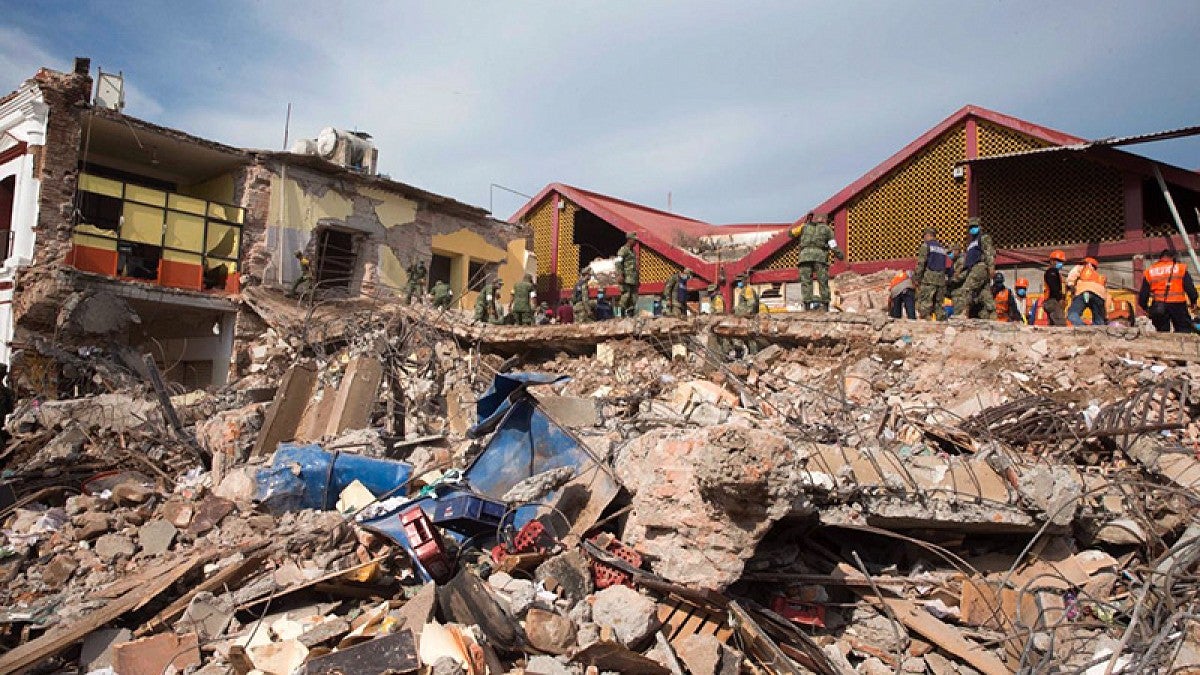University of Oregon earth sciences professor Diego Melgar has been featured in an article from National Geographic discussing a recent 8.2 magnitude earthquake in Southern Mexico that broke a 37-mile stretch of tectonic plate.
Slabs of the earth’s crust known as tectonic plates collide with one another on the surface, forming mountains and other topographic features. This tectonic movement is one of many things responsible for earthquakes, mountains, valleys and other topographic features, the article says.
“If you think of it as a huge slab of glass, this rupture made a big, gaping crack,” Melgar says in the article. “All indications are that it has broken through the entire width of the thing.”
This 8.2-magnitude earthquake struck southern Mexico on Sept. 7, 2017, and scientist are still unsure about how, when and why such large fractures in the earth occur.
“If you bend an eraser, you can see the top half being extended and stretched, whereas the bottom bit is squashed and compressed,” Melgar says. “The same applies to these slabs. This bending can activate faults within the slab and trigger what are known as intraslab earthquakes,” the article adds.
Melgar goes on to address possible answers to the question of why high-magnitude intraslab earthquakes happen. Noting that the presence of sea water, age and formation of the plate could have made perfect conditions for such an event.
“Whether they feature this type of dramatic severance or not, these powerful quakes are inherently mysterious,” the article says.
To read the full article, see “Quake split a tectonic plate in two, and geologists are shaken.”


